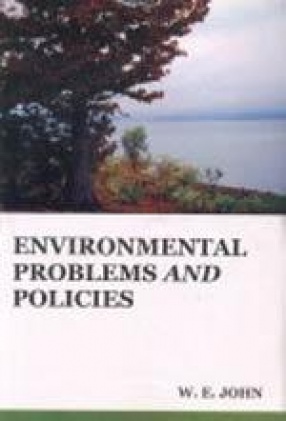The so-called greenhouse gases include no only Carbon Dioxide (CO2), but also methane, nitrous oxide, fluorocarbons (including hydro-fluorocarbons and perfluorocarbons), troposphere ozone (precursors of which include nitrogen oxides, non-methane hydrocarbons, and carbon monoxide), and sulphur hexafluoride. However, CO2 accounts for the bulk of aggregate warming potential and, mainly for this reason, the policy debate has focused on the extent to which emissions of this gas should be limited. In 1988, a semi-political conference held in Toronto recommended that, as a first step, CO2 emissions should be reduced 20 per cent from the1988 level by 2005. This so-called ‘Toronoto Target’ was arbitrary, but the idea that countries should commit to meeting a target for emission reduction (as opposed to, say, a carbon tax or a technology standard) has endured. It is perhaps the most important feature of the Kyoto Protocol.
The Family Euphorbiaceae in India: A Synopsis of its Profile, Taxonomy and Bibliography
Euphorbiaceae is a complex ...
$190.80
$212.00





There are no reviews yet.